Music of Bolivia, nestled in the heart of South America, Bolivia’s diverse and captivating musical landscape is a reflection of its rich cultural tapestry. From the high-altitude Andean peaks to the rhythmic beats of the lowland Amazon basin, Bolivia’s music is a vibrant fusion of indigenous, mestizo, and Afro-Bolivian influences. Join us on a sonic journey as we delve into the multifaceted world of Bolivian music, exploring the unique rhythms, instruments, and cultural contexts that shape this nation’s melodious identity.
Indigenous Echoes
Bolivia’s indigenous communities, including the Quechua and Aymara people, have preserved their musical traditions for generations. The haunting tones of the quena, a traditional Andean flute, resonate through the high-altitude landscapes. Meanwhile, the charango, a small stringed instrument crafted from an armadillo shell, adds a distinctive Andean flavor to the musical repertoire. Traditional indigenous music often serves as a medium for storytelling, conveying tales of ancient myths, agricultural cycles, and spiritual connections to the land.
Andean Folk Music
The melodious strains of Andean folk music echo through Bolivia’s mountainous terrain. Groups like Los Kjarkas have gained international acclaim for their contributions to the genre, infusing traditional rhythms with contemporary influences. The sounds of zampoñas (panpipes), bombos (drums), and the distinctive beat of the charango create a captivating musical atmosphere that reflects the resilience and cultural pride of the Andean communities.
Carnaval de Oruro
Bolivia’s cultural calendar is punctuated by vibrant festivals, and none is more renowned than the Carnaval de Oruro. This UNESCO-recognized celebration features a kaleidoscope of music and dance, with over 20,000 dancers and musicians participating annually. The Diablada, a traditional dance that originated in the mines of Potosí, is a central element of the carnival, accompanied by a symphony of brass bands, drums, and Andean instruments.
Afro-Bolivian Rhythms
In the Yungas region and the valleys surrounding La Paz, the African diaspora has left an indelible mark on Bolivian music. The lively rhythms of Afro-Bolivian music, particularly the saya and the more contemporary tinku, showcase the fusion of African, indigenous, and Spanish influences. The captivating beats of drums and the rhythmic sway of dancers transport listeners to the heart of Afro-Bolivian traditions, where music serves as a form of cultural expression and celebration.
Caporales
Originally a dance performed by African slaves imitating their Spanish masters, the caporales has evolved into a popular dance style accompanied by energetic music. Recognizable by the distinctive costumes adorned with bells and vibrant colors, caporales troupes can be seen at various festivals and celebrations throughout Bolivia. The infectious beat of the drums and the rhythmic footwork of the dancers contribute to the dynamic and lively atmosphere of caporales performances.
Chapaco Folklore
In the southern region of Tarija, the Chapaco folklore represents a unique musical tradition. The distinctive harp-led melodies, coupled with the rhythmic sounds of percussion instruments like the bombo and quena, create a musical experience that mirrors the cultural heritage of the region. Chapaco music often accompanies traditional dances, providing a glimpse into the cultural diversity that defines Bolivia’s musical landscape.
Contemporary Bolivian Rock
As Bolivia continues to evolve, so does its music scene. Contemporary genres like rock have found a home in urban centers, with Bolivian rock bands incorporating local influences into their music. Lyrics often touch on social issues, cultural identity, and the complex history of the nation. Bands like Octavia and Animal de Ciudad are at the forefront of Bolivia’s rock scene, offering a fresh perspective on the country’s musical evolution.
Charangos and Andean Fusion
The charango, a small stringed instrument with roots in indigenous traditions, has become an emblematic symbol of Bolivian music. Its bright, plucky tones can be heard in various genres, from traditional folk music to contemporary Andean fusion. Musicians experiment with blending indigenous sounds with modern instruments, creating a dynamic fusion that appeals to a wide audience and contributes to the ongoing evolution of Bolivian music.
Challenges and Preservation Efforts
Despite the rich musical heritage of Bolivia, there are challenges in preserving traditional forms of music. Economic pressures, globalization, and changing cultural dynamics pose threats to the continuity of indigenous and folk music. However, dedicated efforts by cultural organizations, musicians, and communities are working to document, promote, and revitalize traditional musical practices, ensuring that the unique sounds of Bolivia endure for future generations.
Conclusion
In conclusion, Bolivia’s music is a harmonious reflection of its cultural diversity, historical roots, and geographical contrasts. From the haunting melodies of the Andean highlands to the lively beats of Afro-Bolivian rhythms, each musical note tells a story of resilience, celebration, and cultural pride. As Bolivia continues to navigate the complexities of the modern era, its music remains a powerful expression of identity, weaving together the threads of tradition and innovation in a symphony that resonates across the diverse landscapes of this enchanting nation.
Famous Artists:
Bolivia has produced a number of celebrated musicians and artists who have made significant contributions to the country’s musical landscape. Some of the most famous Bolivian musicians and artists include:
- Los Kjarkas: Los Kjarkas is a legendary Bolivian folk band known for their contributions to Andean music and their global popularity. Their hit song “Llorando Se Fue” (also known as “Lambada”) achieved international acclaim.
- Eduardo Caba: Eduardo Caba, a renowned sikuri player, is celebrated for his mastery of the panpipes and his contributions to preserving and promoting Aymara music.
- Wara: Wara is a contemporary Bolivian music group that blends traditional sounds with modern influences, creating a unique fusion of musical styles.
- Ch’ila Jatun: Ch’ila Jatun is known for their vibrant and energetic performances of caporales and other traditional Bolivian music styles.


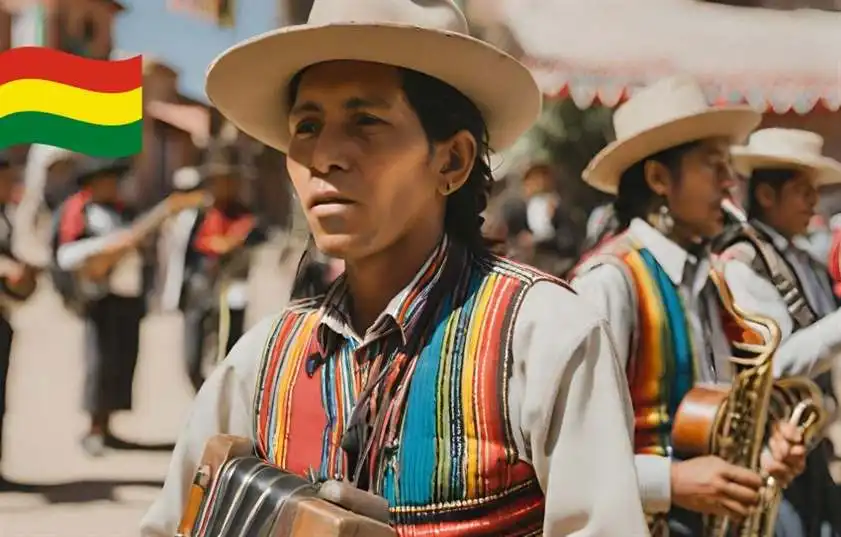
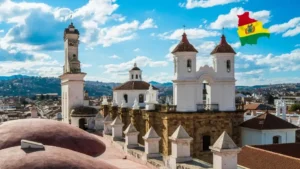
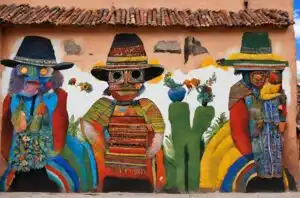
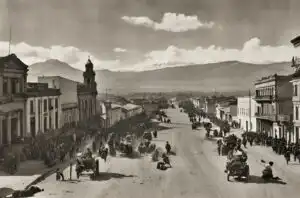


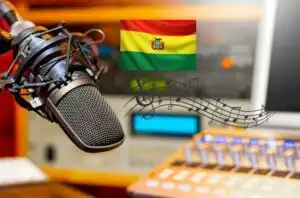
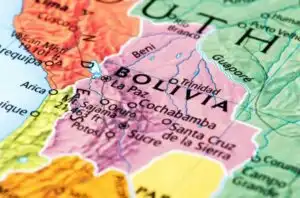
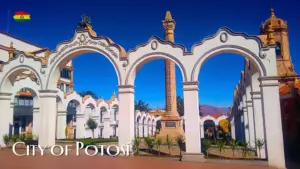
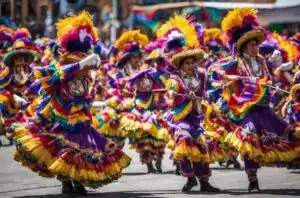

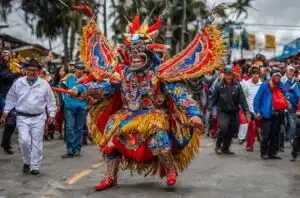
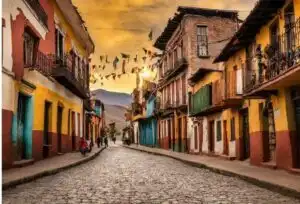
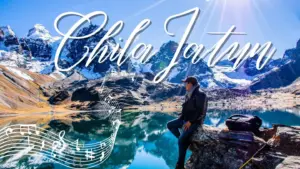
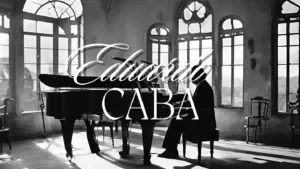
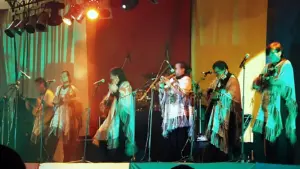
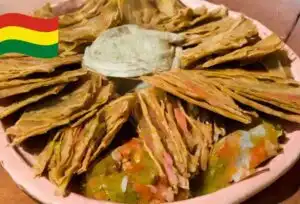
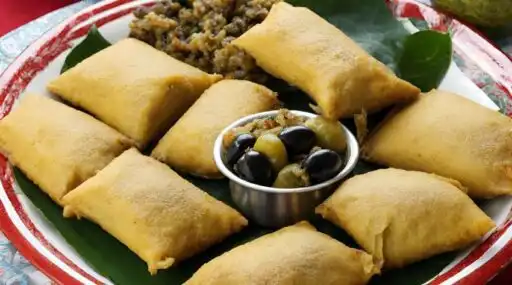
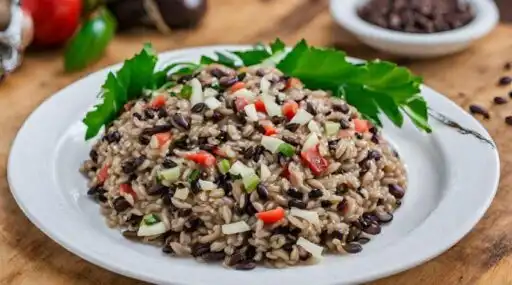
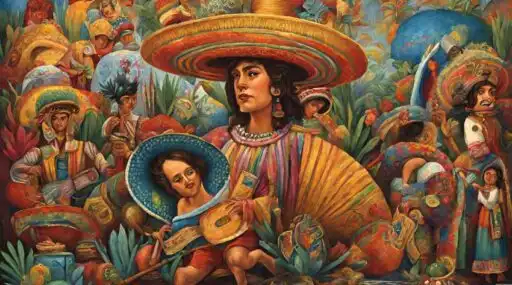
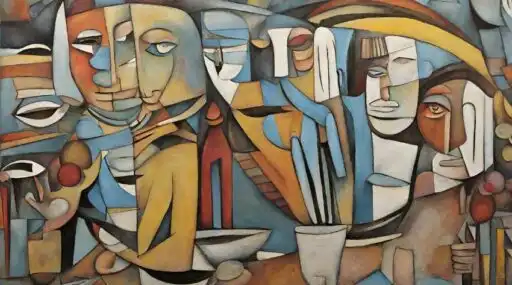

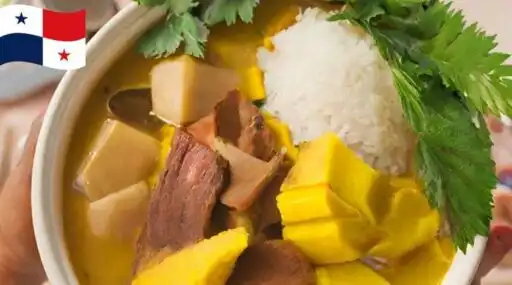
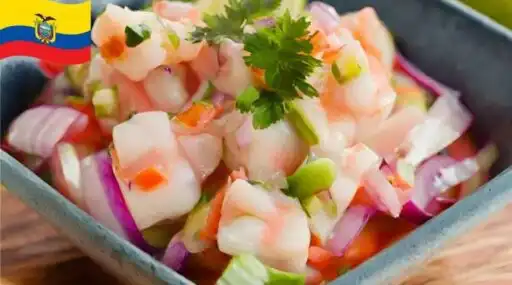
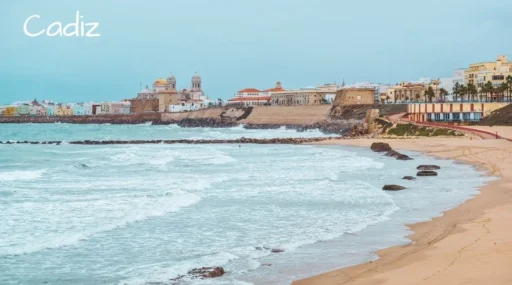
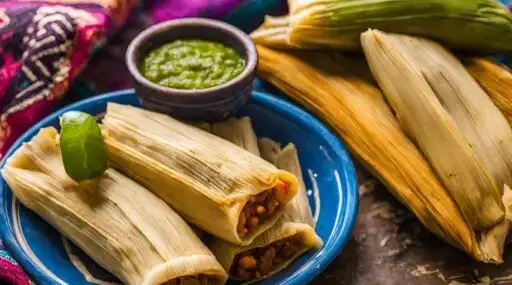

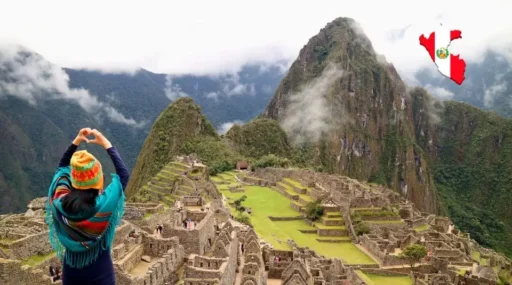
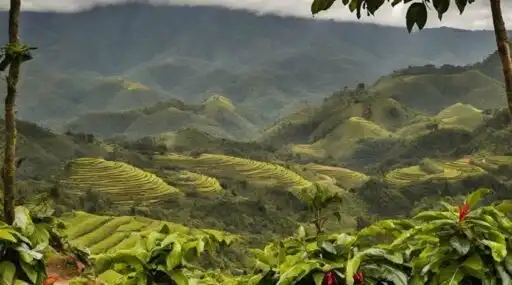
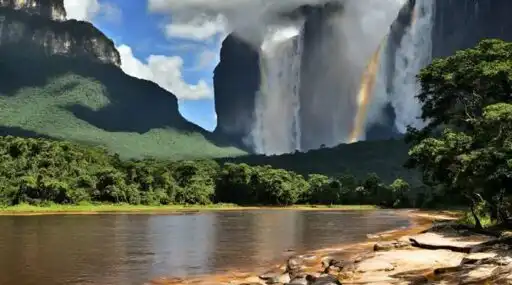
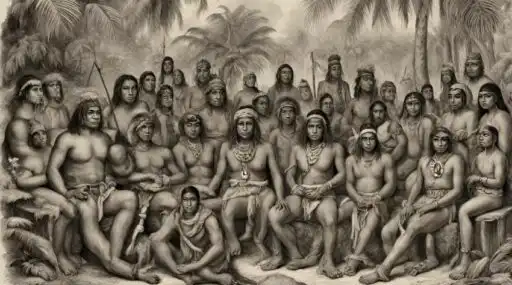
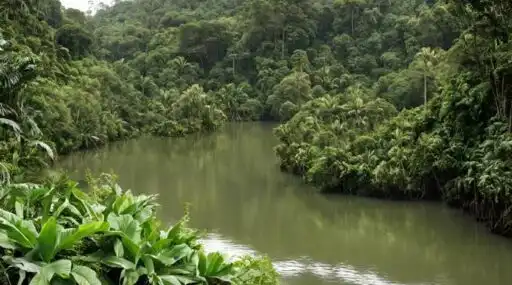
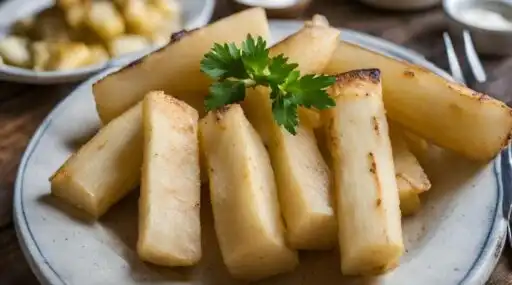

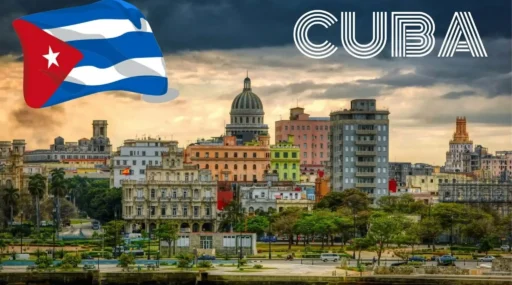
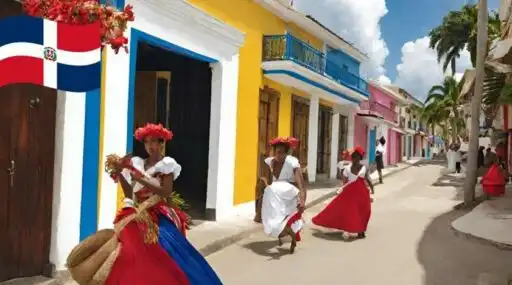
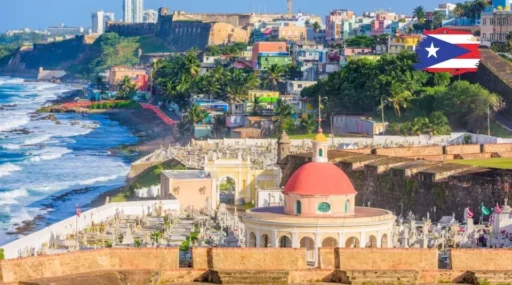

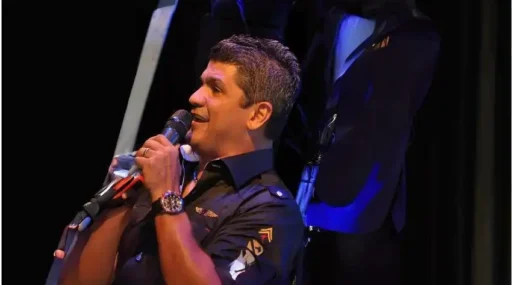
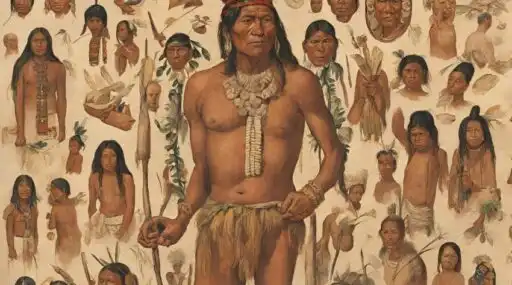
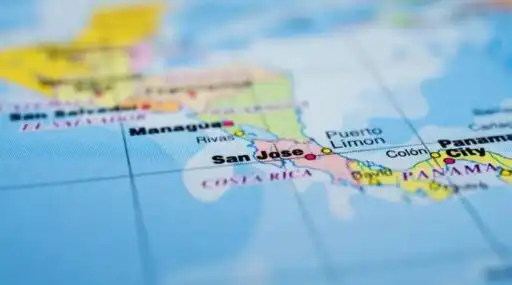
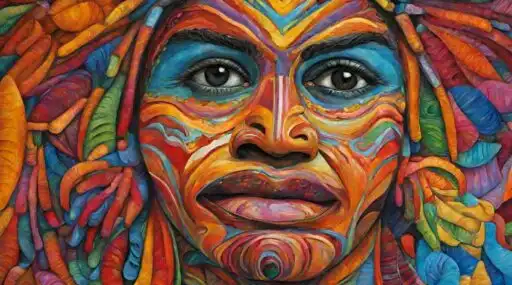
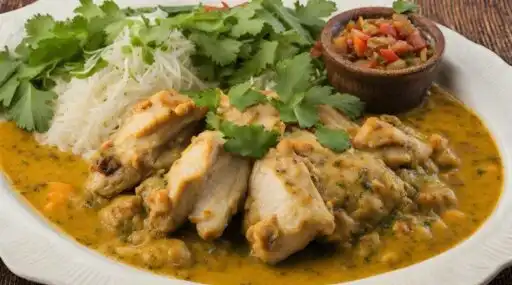

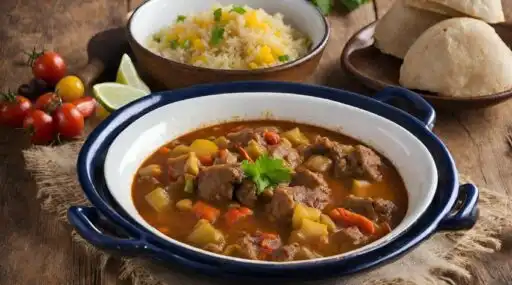
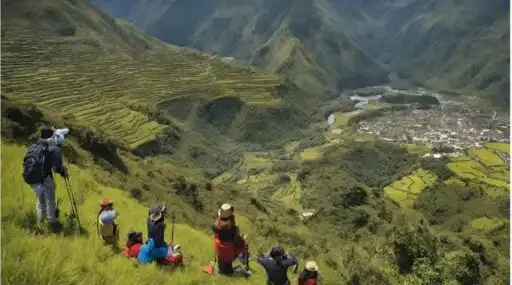
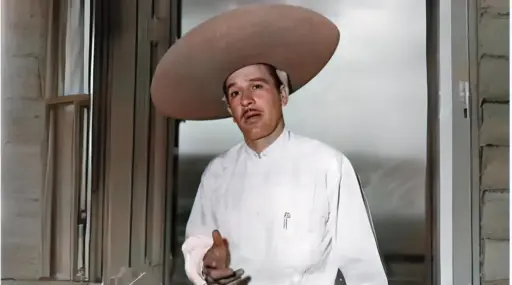
Leave a Reply